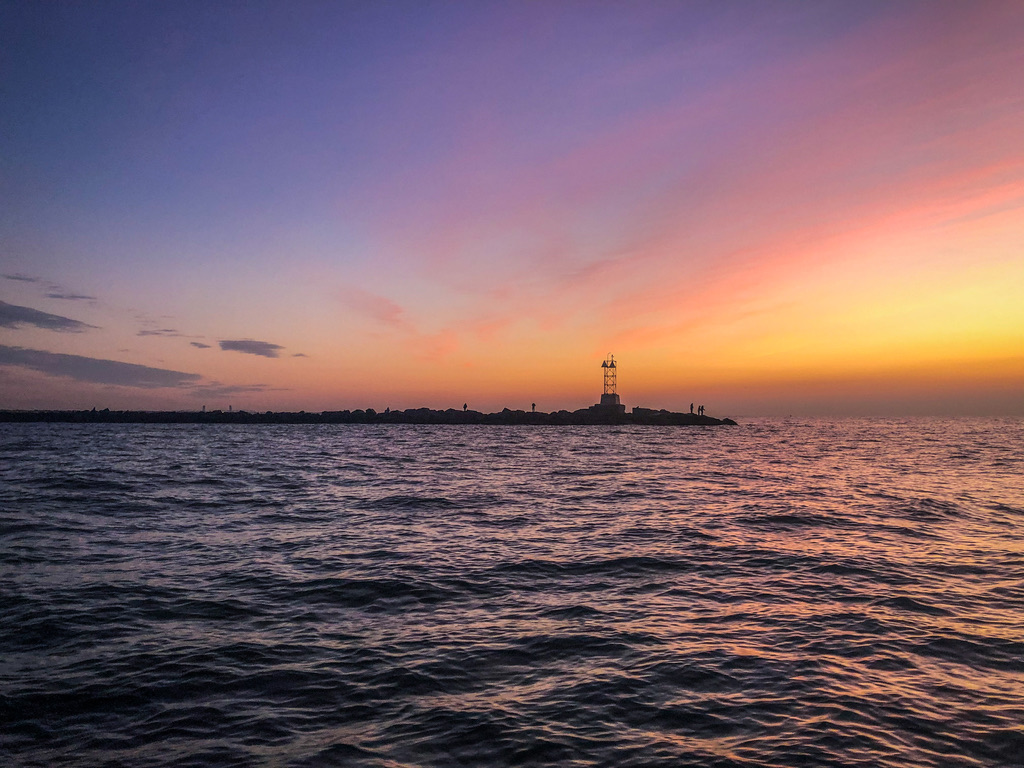Addressing Common Misconceptions About Stripers Forever

Photo- Taylor Vavra
Addressing Common Misconceptions About Stripers Forever
Mike Spinney | National Board Member
After more than twenty years involved in striped bass conservation (including before Stripers Forever was founded), I’ve learned to laugh at the ways our opponents attempt to discredit our efforts to effect a radical change in the way striped bass are managed. What choice do I have? During that time I have personally endured insults, threats, and lies about my character. I recall once while testifying at a public hearing on legislation Stripers Forever had worked to introduce before the Massachusetts legislature, one man made the ridiculous claim that if we were to succeed, he would be unable to have children.
Laughing at the absurdity doesn’t mean such mischaracterizations aren’t frustrating. Especially when they seem intentional; as a means of attacking the legitimacy of our organization and the credibility of the policies we believe hold the key to long-term recovery and abundance of wild striped bass. No policy or approach that Stripers Forever advocates is without successful precedent. Our critics know this, but they refuse to say so publicly.
Make it a Game Fish
Stripers Forever was founded in 2004 and from the start our motto has been “Make it a Game Fish.” This approach is commonly derided as a resource grab by a small group of “elitist” anglers who want all the fish for themselves, or as an attack on commercial fishing and the fishermen who target them. It is also implied that we believe game fish to be a magic bullet and that all fisheries managers need to do is to deny the commercial fleet access to striped bass and all will be fine.
Truth is, designating striped bass as a game fish is merely a tool to give fisheries managers the means to make better decisions without having to address the conflicting goals of trying to balance abundance and “maximum sustainable yield” or MSY. Once a species is protected as a game fish, regulations such as size and bag limits can be quickly adopted to ensure a single goal is achieved. To deny that this is the case is to deny history.
Redfish are one of the most popular game fish along the U.S. Gulf Coast. Well regarded as table fare, they were also targeted as a commercial resource. Much like striped bass, most redfish were harvested by recreational anglers, but the conflict of managing for both abundance and MSY saw redfish in steep decline until efforts by recreational fishing groups saw redfish declared a game fish, starting with Texas in 1981 and eventually coastwide. Since then, and with a singular management focus, redfish have flourished, growing to wide abundance and generating a robust recreational economy. In fact, in dollar value, redfish are the country’s top saltwater sport species generating more than $4.8 billion in economic activity per year.
Recognizing the overwhelming value of an abundant economic fishery, species like tarpon, bonefish, and snook are also protected and managed exclusively as game fish. If striped bass were afforded game fish status and the population were to return to post-moratorium abundance, it is estimated they would be the focus of a recreational angling economy worth more than $6 billion.
When We Say Moratorium
During the initial public comment period in the lead-up to the Atlantic States Marine Fisheries Commission’s (ASMFC) draft and adoption of Amendment 7 to the Interstate Fishery Management Plan for Atlantic Striped Bass, stripers forever generated a lot of attention when we called for a ten-year harvest moratorium for striped bass. Throngs of anglers, frustrated with decades of ASMFC failure, rallied to the cause while our critics howled with outrage—and distortions.
They claimed we wanted the fishery shut down completely for ten years, but that is not what a harvest moratorium means—and they know it. A harvest moratorium would allow angling for striped bass to continue on a catch-and-release basis, which already constitutes the majority of recreational angling for stripers. But recreational anglers account for most fishing mortality, they claim, so nothing will change. Fish will still die!
What will change is that 100% of the coastal commercial quota—nearly two million pounds of breeding sized female fish—will remain in the water, alive, and able to return to the Chesapeake Bay and Hudson and Delaware Rivers to spawn. This is a vital component to any recovery plan. You need big, mature females to reproduce and keep new generations of fish in the pipeline. Looking at the results of the Chesapeake Bay young-of-year surveys since 2012, six were de facto failures (including the worst year on record), two were below average, and three were just above average. That does not bode well for the future.
(It’s worth noting that the strong 2011 year class disappeared and that the ASMFC admitted it failed to act fast enough to protect the 2015 year class. Given concerns over warming oceans and inconsistent water quality in the vital Chesapeake nursery areas, there are too many variables to risk focusing a commercial fishery on fecund female fish.)
And as with our position on game fish, the idea of a harvest moratorium is not without a successful precedent. Even though the moratorium that was imposed in 1985 after striped bass stocks collapsed was not coastwide, it was enough to relieve pressure on striped bass—especially in Chesapeake Bay. As a result, striped bass rebounded and produced strong spawns in 1989, 1993, and 1996. The ASMFC declared striped bass “recovered” in 1995 and resumed active monitoring of the species. Ironically, striped bass have been in steady decline ever since.
We Remain Steadfast
Today, Stripers Forever remains steadfast in our belief that the best path to recovery for striped bass begins with game fish designation, at which point common sense management protocols designed to encourage species abundance can be implemented. These policies are already supported by an overwhelming majority of the 300,000 strong recreational angling community who recognize that effective fisheries management often requires sacrifice. How can you characterize as selfish so many who have, for years, demanded more restrictions on themselves even as the commercial fishing lobby keep asking for permission to kill more fish?
Rest assured, Stripers Forever will continue to fight for the recovery of striped bass. We will continue to be a voice for those anglers who want to see a healthy, abundant striped bass population that they, their children, and their children’s children can enjoy for generations to come.
Thank you for your continued support!







